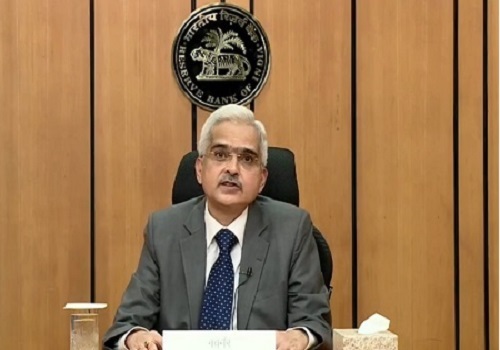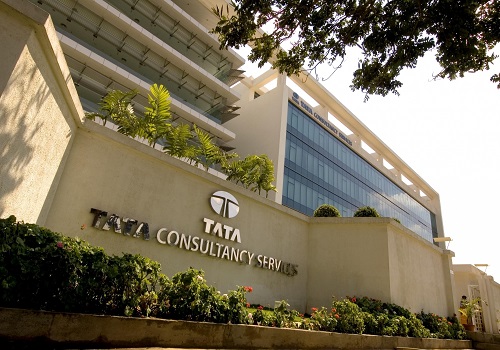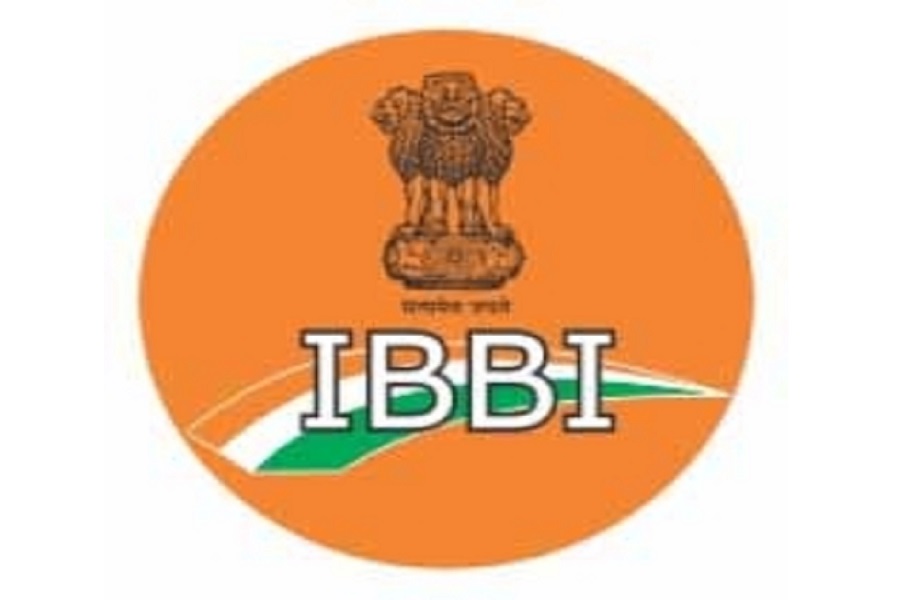Need for some course correction with respect to IBC law: Shaktikanta Das

Reserve Bank of India (RBI) Governor Shaktikanta Das has said that lenders have recovered 32 per cent of their total claims under the Insolvency and Bankruptcy Code (IBC) but the learnings suggest the need for ‘some course correction’ with respect to the law. He said the major criticisms of the IBC are on two fronts -- the time taken for resolution and the extent of haircuts as against the admitted claims. The IBC, which came into force in 2016, is a key legislation aimed at resolving stressed in a time-bound and market-linked manner.
Das said in terms of realisation of value, the creditors have realised Rs 3.16 lakh crore out of the admitted claims of Rs 9.92 lakh crore as of September 2023, which works out to a recovery rate of 32 per cent. Highlighting the positive aspects, he said in terms of the nature of resolution since its inception, 7,058 corporate debtors have been admitted for bankruptcy resolution, of which 5,057 cases have been closed as of September 2023. Das said 2,001 corporate debtors are under various stages of resolution. Quoting data from the Insolvency and Bankruptcy Board of India (IBBI), as of September 2023, of the cases that have been closed, about 16 per cent have yielded successful resolution plans, while 19 per cent have been withdrawn under Section 12A of the IBC where largely the debtors agreed for full or partial settlement with creditors. About 21 per cent have been closed on appeal or review; and in 44 per cent of the cases, liquidation orders have been passed.
However, the RBI governor said a fine-combing of the data would indicate that 77 percent of liquidations were inherited from the earlier Board for Industrial and Financial Reconstruction (BIFR) regime or were already defunct units where substantial value erosion had taken place before their admission under the IBC. A total of 38 per cent of the cases that yielded a successful resolution were earlier with the BIFR and/or were defunct; and if not for the IBC, their fate would have perhaps remained uncertain.






















